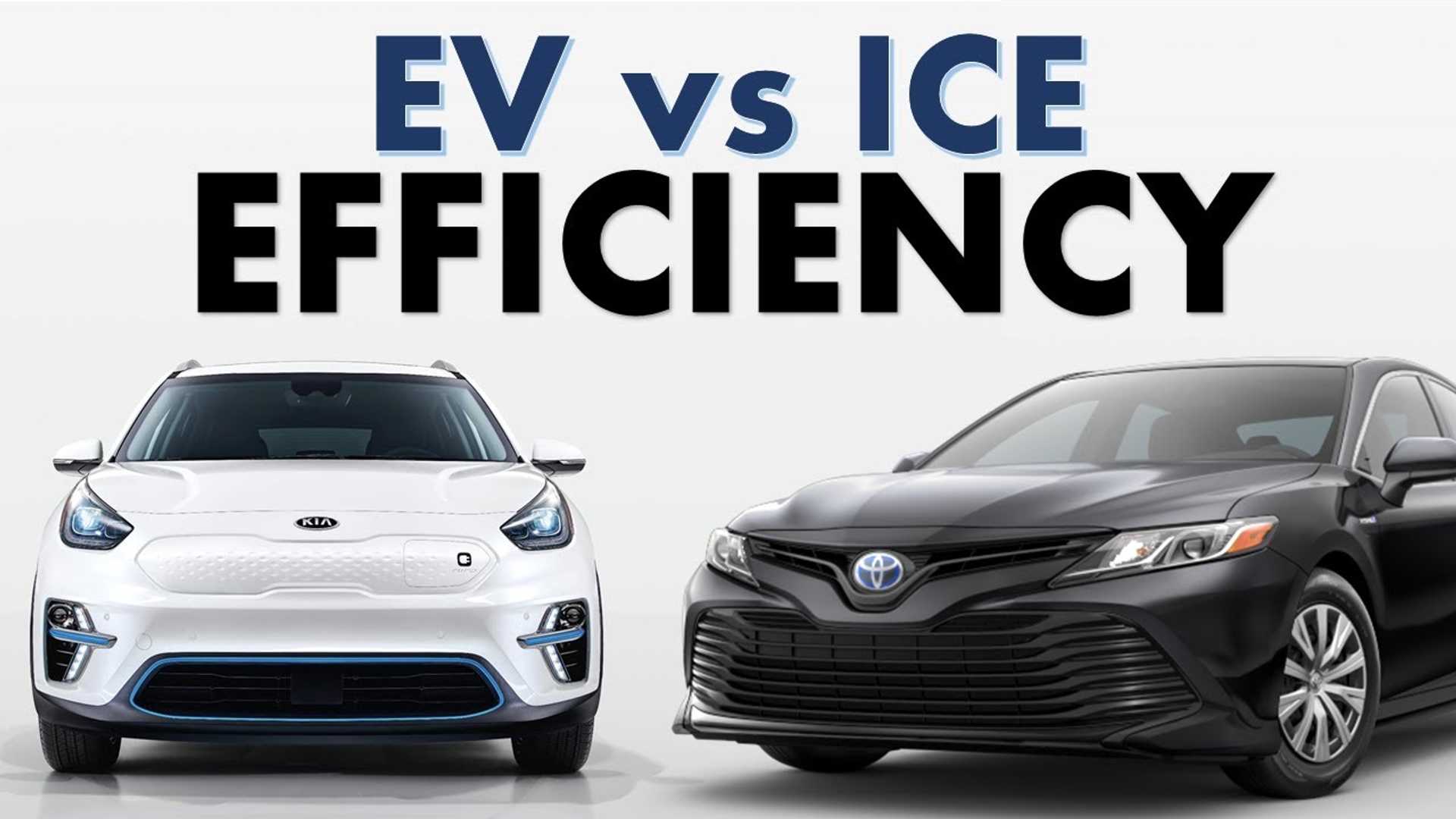The Hard Truth: CO2 savings by switching to electric cars are minimal

Electric cars are getting powerful economic incentives from the government with the motivation to fight climate change. But will these assumptions be true? Truly switching to electric transport leads to a sharp drop in carbon dioxide emissions.
This was the topic of a new blog post on natural resources investors Goehring & Rozencwajg (G&R), a "fundamental research firm focused solely on contrarian investments in natural resources with a team with over 30 years of dedicated resources ".
The company, founded in 2015, this week released a blog post titled “Exploring Lithium-ion Electric Vehicles' Carbon Footprint,” in which it questions an earlier ICE (Internal Combustion Engine) vs. EV (electric vehicle) run by the Wall Street Journal and, citing Jefferies' work, argue that there could literally be "no reduction in CO2 production" in some comparisons between electric and internal combustion.
Their analysis “ details the enormous amount of energy (and by extension CO2) needed to produce a lithium-ion battery “. Since a typical electric vehicle is on average 50% heavier than a similar internal combustion engine, the analysis finds that the " embedded carbon" in an electric vehicle (i.e., when it leaves the factory) is therefore 20-50% more than an internal combustion engine .
The report notes:
Our analysis suggests that a modern lithium-ion battery has around 135,000 miles of range before it degrades to the point of being unusable. An extended range Tesla Model 3 has an 82 kWh battery and consumes about 29 kWh per 100 miles. Assuming each charge cycle has around 95% round-trip efficiency and a battery can reach 500 cycles before starting to degrade, we conclude that a Model 3 can travel 134,310 miles before drastically losing range.
Incidentally, Tesla's Model 3 warranty covers the battery for a period of less than eight years or 120,000 miles and does not apply until the battery has degraded by at least 30%. If Jefferies' analysis is correct (and we believe it is), an electric vehicle will achieve carbon footprint parity with an internal combustion vehicle just as its battery requires replacement. This will be a huge disappointment for those who believe that the adoption of electric vehicles will have a significant impact on CO2 reduction.
The blog post then goes on to criticize a WSJ analysis which concluded that it would only take 20,000 miles to "break even" with an internal combustion engine:
First, compare a Tesla Model 3 (a sedan) with a Toyota Rav4 (an SUV). An entry-level Honda Civic, which we think is a more appropriate comparison, would improve fuel efficiency in the combustion engine by 20%. Subsequently, after consulting the notes, the Wall Street Journal article assumes 80 kg of CO2 emissions per battery. This estimate appears to come from a 2019 Swedish Energy Agency report in which they cut their carbon intensity by half from the previous year.
The motivation for lowering their estimates was the use of “ nearly 100% carbon-free energy […] which is not yet common , but probably will be in the future”. Therefore, the calculation on the use of carbon in the construction of lithium batteries made by the Wall Street Journal and followed by the mainstream media, is based on a wrong, too optimistic assumption, that is, that fossil energy sources are not used to make the batteries .
“While the Wall Street Journal data is accurate, we believe most investors still don't appreciate how little the potential carbon savings are from lithium-ion electric vehicles,” says G&R.
The post concludes with some "uncomfortable truths": that if a global analysis were performed using the data put together by Jefferies, instead of those used by the Wall Street Journal analysis, "the difference would be negligible – there would be no reduction of CO2 production. "
In the end, the risk is that the already dubious fight against CO2 is based on wrong assumptions making the operation only a costly illusion.

Thanks to our Telegram channel you can stay updated on the publication of new articles of Economic Scenarios.
The article The Hard Truth: CO2 savings by switching to electric cars are minimal comes from ScenariEconomici.it .
This is a machine translation of a post published on Scenari Economici at the URL https://scenarieconomici.it/la-dura-verita-il-risparmio-di-co2-passando-alle-auto-elettriche-e-minimo/ on Sun, 06 Jun 2021 10:13:44 +0000.
